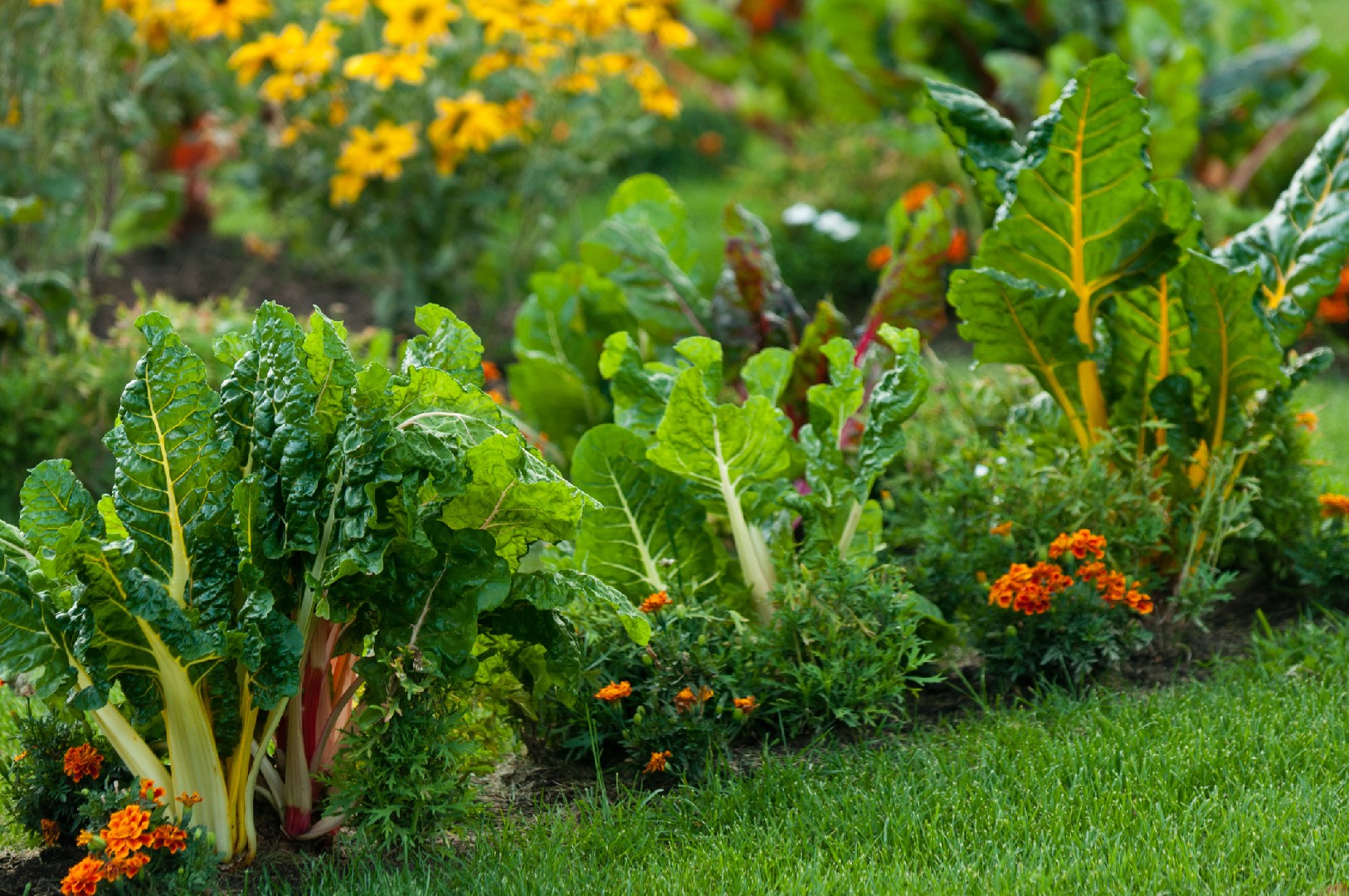![Rectangle]()
Maintaining Your Edible Landscape for Continued Bounty
Once you have created your bountiful edible landscape design, it is important to understand how to maintain it for continued success. Ongoing care is crucial for the health of your plants and the overall productivity of your landscape. In this section, we will explore some key tips for maintaining the aesthetic appeal while ensuring a thriving edible garden.
One of the most important aspects of maintaining your edible landscape is regular watering. Different plants have different water requirements, so it is essential to understand the needs of each plant and provide them with the right amount of water. A good rule of thumb is to water deeply and infrequently, allowing the soil to dry out between waterings. This encourages deeper root growth and helps the plants become more resilient to drought conditions.
In addition to watering, proper mulching is another essential practice for maintaining the health of your edible landscape. Mulch helps to retain moisture in the soil, suppress weeds, and regulate soil temperature. Organic mulches, such as wood chips or straw, are particularly beneficial as they break down over time, enriching the soil with nutrients.
To ensure that your edible landscape remains productive and visually appealing, regular pruning and trimming are necessary. Pruning helps to shape the plants, promote better airflow, and remove dead or diseased parts. It also stimulates new growth and encourages fruiting. Trimming, on the other hand, focuses on maintaining the desired height and shape of the plants to create a well-maintained appearance.
When it comes to dealing with pests in your edible landscape, it is important to take a proactive and organic approach. One effective method is companion planting, where you strategically plant certain plants together to repel pests or attract beneficial insects. For example, marigolds can deter aphids, while bee balm can attract pollinators. Additionally, using organic pest control solutions such as neem oil, insecticidal soap, or diatomaceous earth can help protect your harvest and scenery without harming beneficial insects or pollinators.
In conclusion, maintaining a bountiful edible landscape requires regular care and attention. By understanding the specific needs of your plants, implementing proper watering and mulching techniques, and employing organic pest control methods, you can ensure the ongoing health and productivity of your landscape. So roll up your sleeves and enjoy the rewards of your hard work and innovative approach to green spaces!





